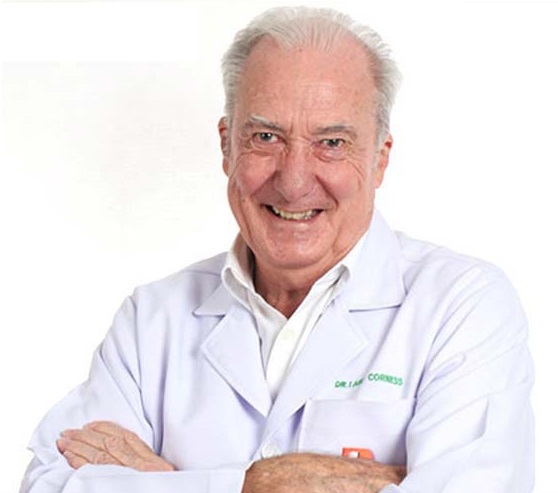 The most common complaint that patients have about their doctor is that they didn’t understand half of what the doctor was telling them!
The most common complaint that patients have about their doctor is that they didn’t understand half of what the doctor was telling them!
That is not just in Thailand where there can be language problems, but can happen in the UK where the British patient is in consultation with a British doctor, or in Australia with the Aussie patient and the “Aussie” Indian GP.
Whose fault is this? Sometimes it is the patient and other times it is the doctor. Hopefully after this week we will have made your life as a patient more smooth and satisfying.
The first problem occurs when the patient does not relate his or her symptoms, but tells the doctor what the condition is and will sometimes produce reams of computer print-outs with passages from “Dr” Google highlighted.
Don’t get me wrong, Google is completely accurate if you give it the correct diagnosis, but if the diagnosis is in doubt, then Google will give doubtful results.
Where all this falls down is when the patient gives the doctor the diagnosis (instead of the symptoms) and then expects the medication suggested by Google to be given to them by the doctor. “Just give me the tablets Doctor and I’ll get out of your hair.”
This is where the consultation really falls apart. The patient has suppositions based on incomplete data. The doctor does not know whether to directly challenge the patient’s Google diagnosis, or to try and sway the patient’s thinking away from the computer print-outs. This is often done by suggesting a test which might convince the patient if it is negative (and the doctor knew all along it would be).
Much of this is an unnecessary cost and waste of time.
So much from the patient’s point of view, what is the consultation from the doctor’s view point? The doctor makes his or her diagnosis by getting a history (“When did the pain come on?” or, “Does anything make it worse?” for example) then listening to the symptoms, and then carrying out a physical examination. Finally, there is something called ‘clinical acumen’, a gut feeling that the doctor has after seeing hundreds of these types of condition. The young doctors have to start somewhere, but they don’t have clinical acumen until they have a few years of clinical experience. Note that at no time does the doctor factor in the patient’s Google diagnosis.
All that above is in the ideal situation, but there is another problem often found in the patient-doctor relationship. Verbal communication.
It stands to reason that if either the patient or the doctor has to converse in a ‘foreign’ language there is a very strong likelihood of miscommunication. Fortunately, the Bangkok Hospital Pattaya has a team of interpreters covering the major languages and you should request one if you are unsure of your own command of English. However if your native language is Kituba or something from the tropical jungles of Africa and only discovered last year, be prepared to emulate Marcel Marceau the mime artist.
The doctor has to also use language that the patient understands, and not scientific medical terminology. “How is your urination?” is not the way a patient usually describes the bodily urinary function.
So, to get the maximum benefit, tell the doctor your symptoms, not the diagnosis, get assistance with English if necessary, and don’t be afraid to ask the doctor to explain something further if needed. It is for everyone’s advantage that you leave the consulting room confident in your knowledge about your body and what the doctor is doing to get you fit and well once more.
 |
 |





